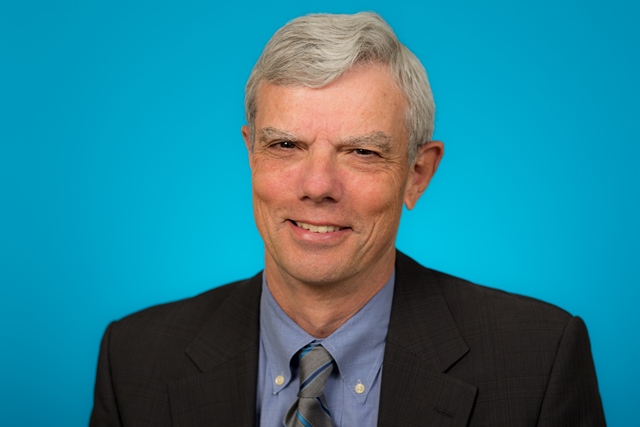By Dr. Bob Howard
Simon Sinek, in his book, Start with Why said, “Customers will never love a company until the employees love it first.”
Like any organization, a hospital’s culture is the glue that helps hold everything together, the compass that provides direction. It drives decision-making and priority setting. It helps attract and retain employees. It frames how people are treated and sets the stage for how we treat our patients. When teams or organizations integrate, it’s important to understand each other’s cultures. Like taking a patient’s vitals, assessing your culture helps determine the health of your organization and where you need to focus to improve.
That’s why in exploring the voluntary integration of Providence Healthcare, St. Joseph’s Health Centre and St. Michael’s Hospital, we decided to conduct a cultural assessment. All three hospitals were founded by the Sisters of St. Joseph, so we already knew we had been left a similar legacy in our missions and values.
The goal of the review was to talk to front-line staff, physicians, volunteers, senior leaders and board members to get a deeper understanding of what was intrinsically valued and sacred from a cultural perspective for each organization.
Through an engagement process conducted by an outside consultant, we asked a series of questions about organizational culture, what qualities and supports are unique to each organization, what is valued and fundamental, the role of leadership in influencing culture, communications, learning and development, organizational capacity, and staff retention, recognition and wellness.
We wanted to learn what was valued and should be preserved.
Given that we were all founded by the Sisters of St. Joseph, it is not surprising that the consultant’s report showed we are more alike than different, that we are a “good fit.” But each of the cultures has evolved in unique ways that needed to be understood and respected.
The culture assessment found we have common values, but one that stood out was the intrinsic value and dignity of every human being and our commitment to care for the most marginalized or disadvantaged in the community.
Our employees said they are also proud of the way we support our colleagues – we go above and beyond to help each other. And that recognition events and initiatives are important and should be preserved.
We also heard, across all three sites, that people appreciated being given the opportunity to be heard and asked their opinions during the planning stage.
Communications matters
Not surprisingly, then, another recurring theme was the request for the new senior leadership team to be transparent in its communications. “Keep us posted about development – even if there aren’t any or even if you don’t have a plan.”
By understanding what each organization values, the leadership team can now strive to preserve what legacy each hospital finds culturally significant, while also creating an innovation direction for the future. It’s also told us we have some work to do on building relationships across the sites to build networks and opportunities to collaborate.
The cultural assessment was the first step in our integration journey
Aug. 1 was the first day for our newly amalgamated organization. It’s still early days for us with many more lessons to be learned. Given the fierce loyalty within each organization, and some understandable anxiety over the change, the cultural assessment process set a demonstrated standard that employees’ opinions are valued, and will continue to be valued, as the integration moves forward.
For more information on the integration between Providence Healthcare, St. Joseph’s Health Centre and St. Michael’s Hospital, visit OurSharedPurpose.com.
Dr. Bob Howard is president and CEO of the health network uniting Providence Healthcare, St. Joseph’s Health Centre and St. Michael’s Hospital.




